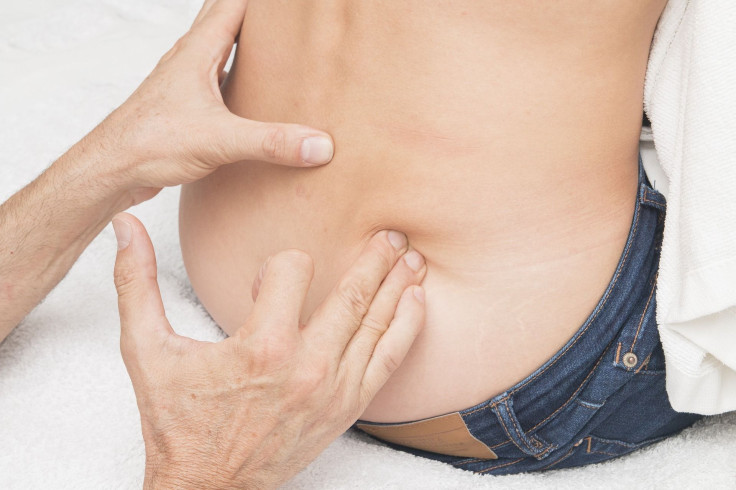Duchenne Muscular Dystrophy: Muscle Weakness That Begins In This Body Part Could Be A Warning Sign

KEY POINTS
- Duchenne muscular dystrophy affects about 1 in 3,500 male births globally.
- Muscle weakness in hips, pelvis, and legs is an early warning sign
- By age 12, most kids with DMD lose their ability to walk
Duchenne muscular dystrophy (DMD) is a rare muscle disorder affecting about 1 in 3,500 male births globally. The condition is usually recognized between the ages of three and six. Muscle weakness in certain body parts could be an early indication of DMD.
DMD is an inherited genetic condition that prevents the body from synthesizing a protein that is responsible for healthy and strong muscles. The condition is common in males because of the way it is inherited.
Muscle weakness experienced in these body parts is a typical sign of DMD. The symptoms begin when a child is 2-5 years old. It is a severe type of muscular dystrophy and the affected young boys typically begin experiencing muscular weakness around the age of four, which gets worse quickly. They then experience muscle loss in thighs and pelvis followed by those in their arms.
Children who are born with this condition typically develop normally for the initial few years of life. Suddenly, they might start showing signs of clumsiness including walking difficulties, falling and difficulty raising the front of their foot.
In childhood, DMD symptoms include frequent falls, muscle pain, and stiffness, large calf muscles, delayed growth, trouble running and jumping, waddling gait, difficulty rising from a lying or sitting position.
By 12 years of age, most kids affected by DMD might need a wheelchair to move around. The symptoms of Becker muscular dystrophy are similar to that of DMD but begin only during the teen years and develop at a slower pace.
Over time, DMD patients get weaker, lose their ability to sit, walk and lift objects. It can also affect the muscles in the lungs and heart which can lead to shortness of breath and abnormal heart rhythms.
The complications of progressive muscle weakness in DMD include trouble using arms, breathing problems, curved spine, heart problems, walking difficulties, swallowing difficulties and shortening of muscles around the joints which can limit mobility, mentioned the Mayo Clinic.
There isn’t a cure for DMD yet. However, the outlook for those with DMD is better than the way it has ever been. Years ago, children with DMD didn’t live beyond their teenage. But, today, they live well even into their 30s and, in some cases, into their 40s or 50s.
© Copyright IBTimes 2025. All rights reserved.






















